How to Start a Composting System to Enrich Your Garden Soil
Composting is one of the simplest ways to give your garden a steady supply of natural nutrients. It turns everyday scraps and yard waste into something your plants will love. If you’re trying to get your garden to grow better without spending much, this is a great place to start.
When you compost, you’re creating food for your soil. Over time, that leads to stronger, healthier plants and fewer weeds and pests. It also cuts down on waste, so you’re helping your garden and the planet at the same time.
This post may contain affiliate links, which helps keep this content free. Please read our disclosure for more info.
What is Composting?
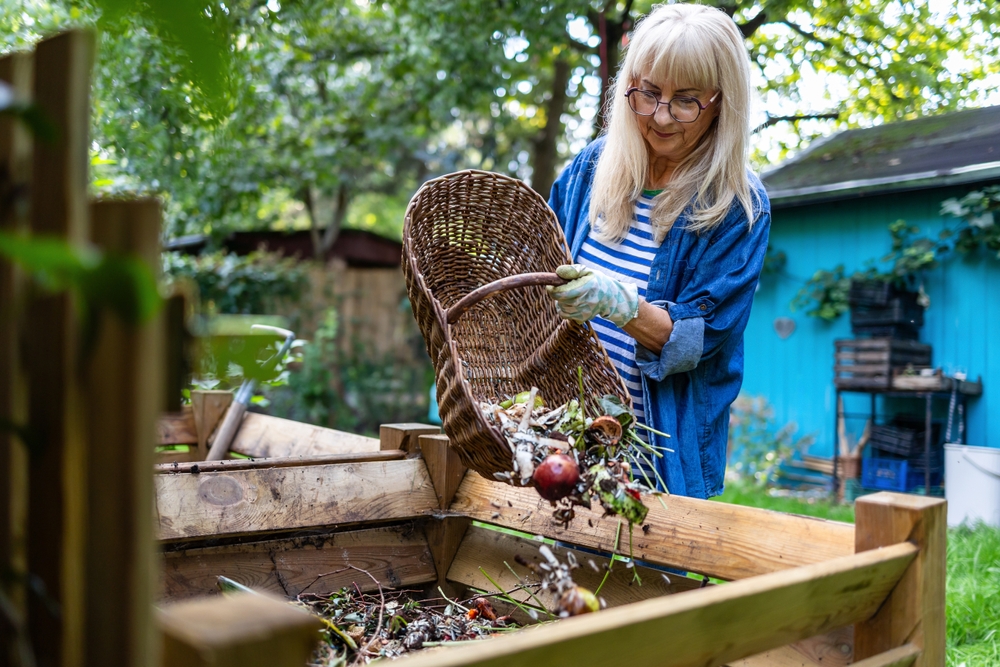
Composting is a natural process where organic stuff like food scraps and leaves break down into a dark, crumbly material that looks and smells like soil. This finished product is rich with nutrients that your plants need to grow strong and steady.
Bacteria, fungi, and tiny critters do most of the work, breaking things down over weeks or months. It all happens faster when you give them the right mix of ingredients, a little air, and the right amount of moisture. On top of helping your garden, composting means less trash in landfills and less need for store-bought products.
Why Composting is Important for Your Garden
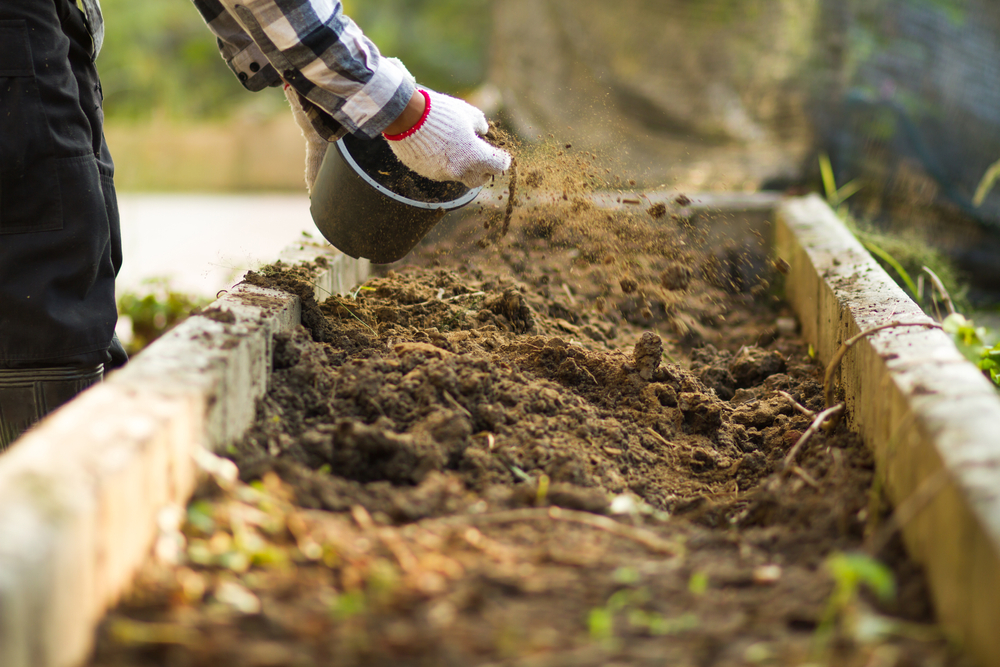
Composting is a natural process where organic stuff like food scraps and leaves break down into a dark, crumbly material that looks and smells like soil. This finished product is rich with nutrients that your plants need to grow strong and steady.
Bacteria, fungi, and tiny critters do most of the work, breaking things down over weeks or months. It all happens faster when you give them the right mix of ingredients, a little air, and the right amount of moisture. On top of helping your garden, composting means less trash in landfills and less need for store-bought products.
Types of Composting Systems
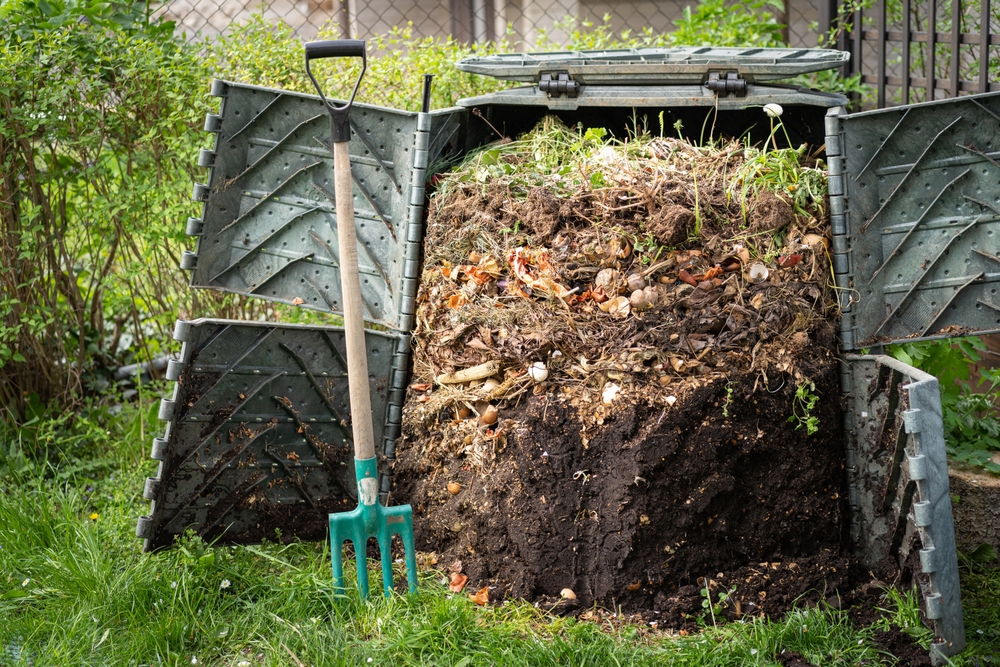
If you’ve got a little room in the yard, a simple pile or bin works just fine. You can build one out of wood pallets, wire mesh, or even just stack things in a corner.
Here are other options you can explore.
- Worm bins work great indoors or in small outdoor spaces
- Tumblers keep things neat and make turning easy
- Bokashi uses fermentation to break down food scraps and other stuff
In any case, choose a bin that works well in your space and situation. As long as it gets some air and you turn it now and then, it’ll do the job.
What Materials Can You Compost?
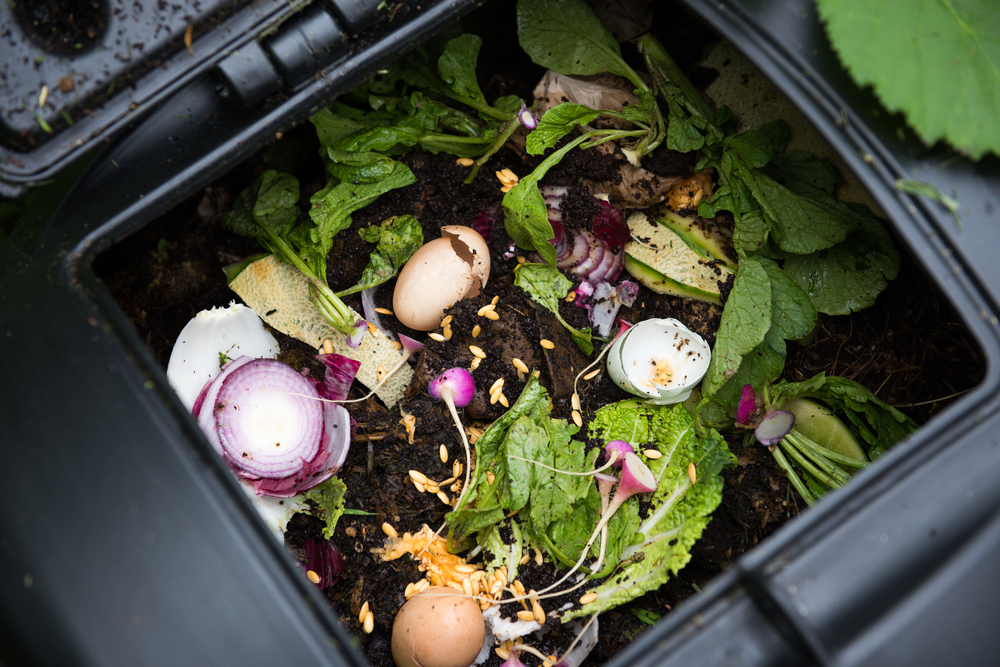
You’ll need a mix of green and brown stuff to keep things cooking properly. Green materials include food scraps, grass clippings, and coffee grounds. These add moisture and nitrogen, which helps feed the microbes doing the breakdown.
Browns are your dry materials, like dead leaves, straw, shredded cardboard, and wood chips. They add carbon and help balance things out. Aim for about one part green to two or three parts brown to keep things moving along.
How to Set Up Your Composting System
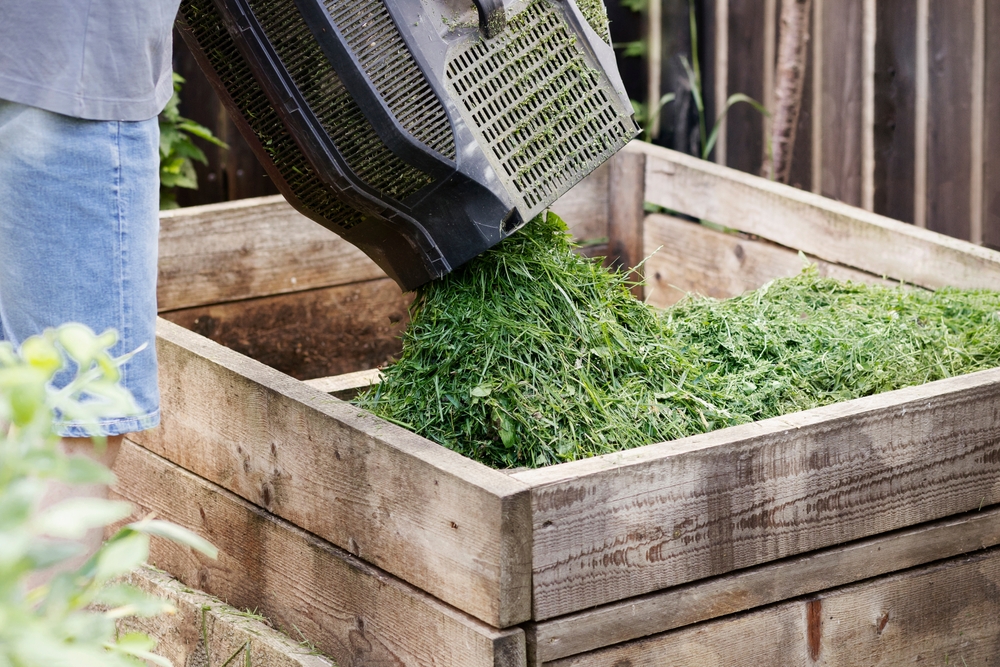
Pick a spot that gets some shade but isn’t too far from where you collect scraps. It helps if the spot drains well and is easy to get to with a bucket or bin. If you’re in a tighter space, enclosed bins or tumblers work great.
Start by putting down a layer of browns, then alternate between green and brown as you go. Keep the pile slightly damp, like a wrung-out sponge. If it starts looking too wet or smells bad, add more browns. Keeping it contained helps it look tidier and can also speed up the process.
Maintaining Your Compost Pile
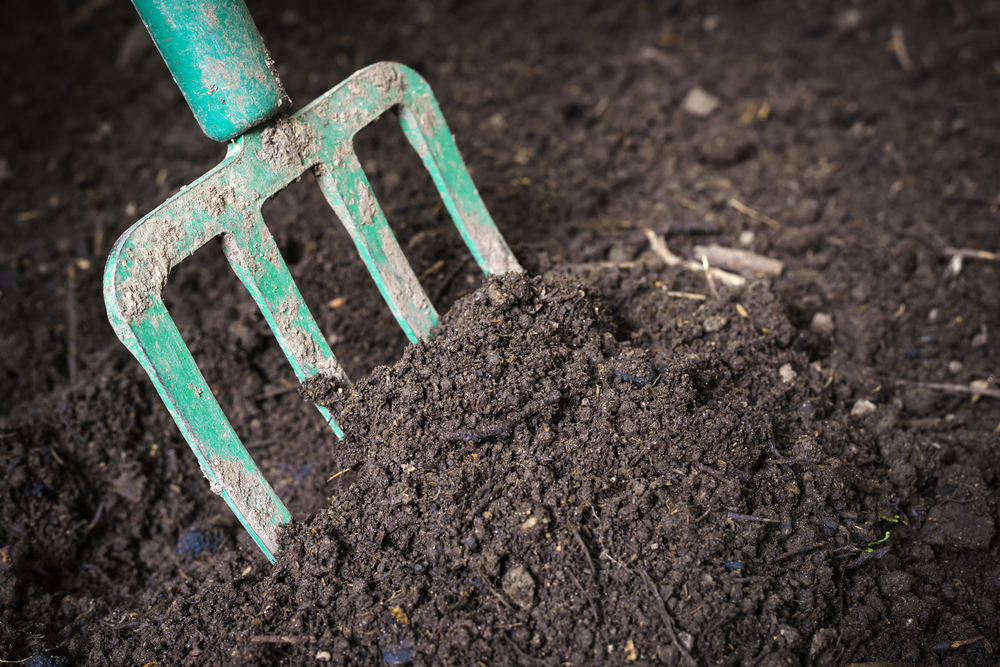
Turning your compost every week or so keeps air flowing and speeds things up. If it starts to smell off, it usually means it’s too wet or missing some dry material. A little adjustment goes a long way.
Keep an eye on how damp it feels and try to protect it from heavy rain or long dry spells. If pests show up, it might mean you added something they like too much, or that it needs to be covered better. A piece of tarp or a bin lid can help with that.
How Long Does Composting Take?
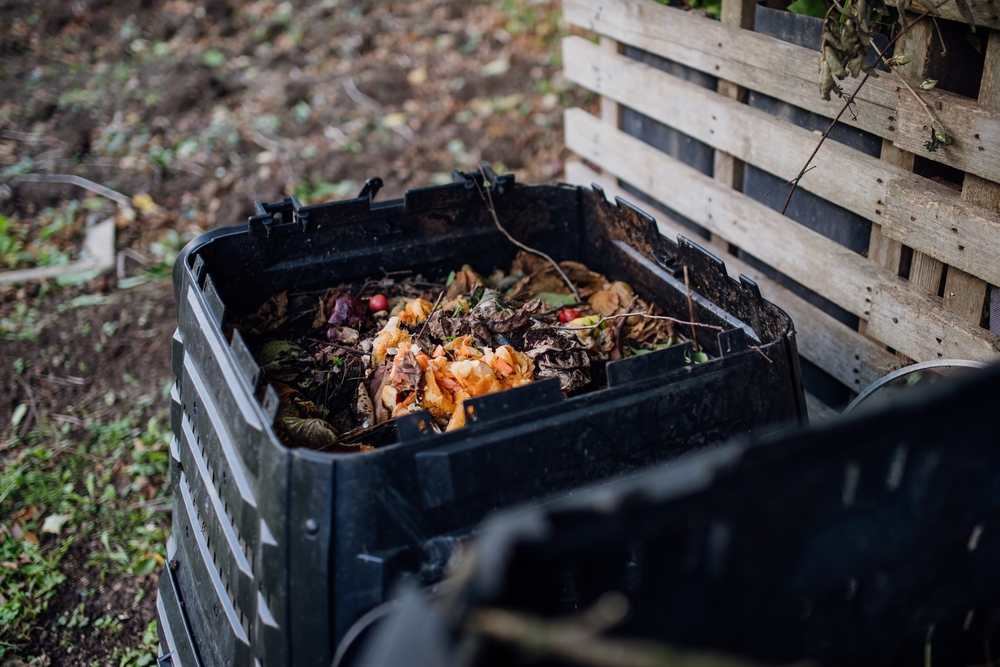
It depends on the method you’re using and what goes into the pile. A hot pile that gets turned often and stays balanced can be ready in a couple of months. Slower piles might take closer to a year.
Here are a few things that speed up composting.
- Chopping materials into smaller pieces
- Keeping a good mix of green and brown
- Turning the pile often
- Keeping it damp (but not soggy)
You’ll know it’s ready when it looks dark, feels crumbly, and smells like fresh soil.
Using Finished Compost in Your Garden
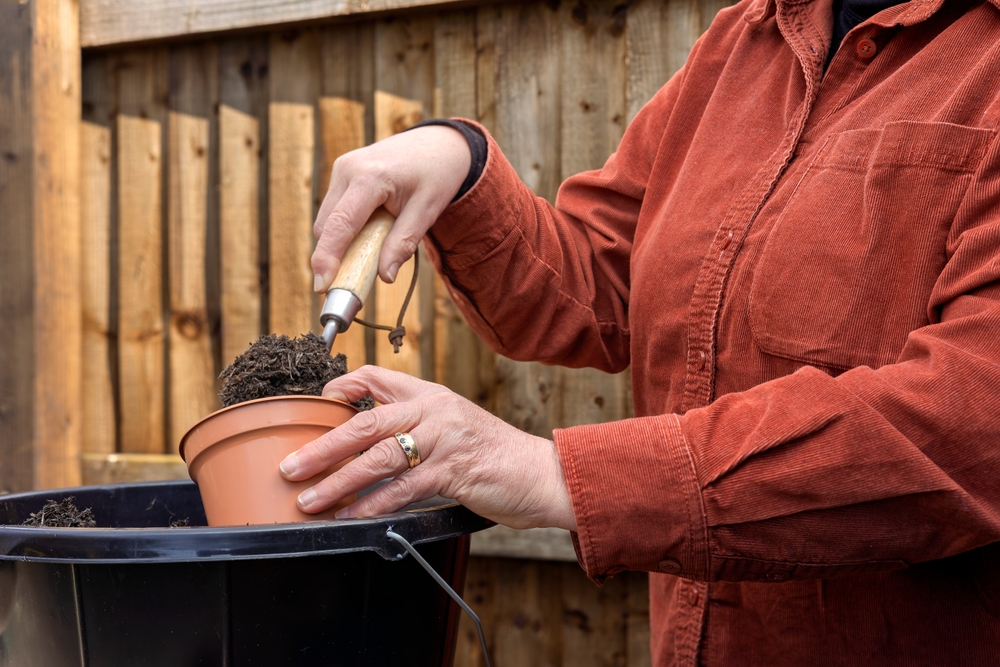
You can mix compost right into your garden beds before planting or sprinkle it around your existing plants like mulch. Either way, it helps feed the soil and keeps moisture where it belongs.
It also works well in containers, flower beds, or even for starting seeds. Your plants will look greener, grow better, and may even have fewer pest and disease problems along the way.
Common Composting Mistakes to Avoid
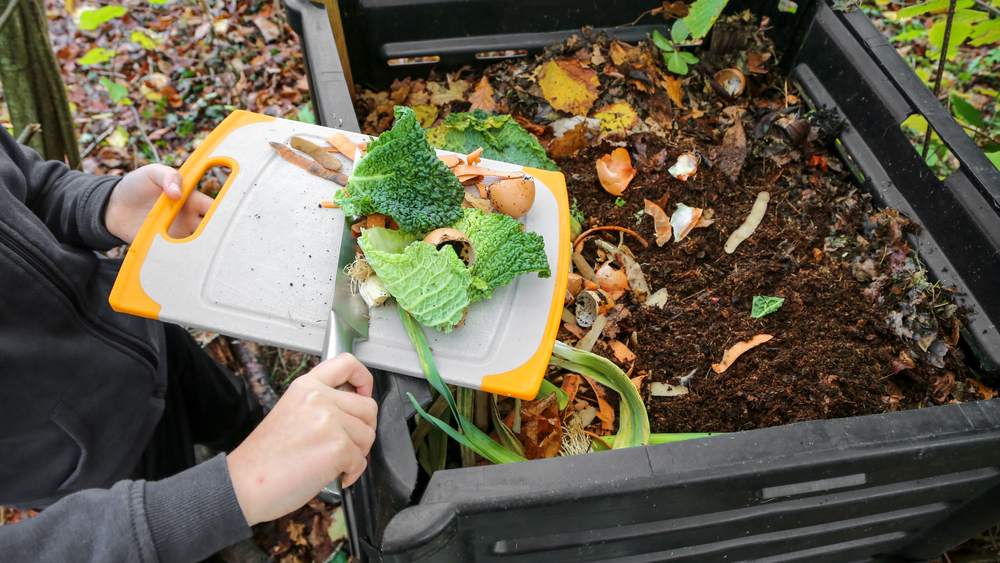
One of the biggest mistakes is adding too much of one thing. If your pile is all greens or all browns, it can smell bad or break down too slowly.
Here are other mistakes that you’ll want to avoid.
- Not turning the pile regularly
- Letting the pile get too wet or too dry
- Tossing in things that don’t break down easily, like large branches or citrus peels
The key is to keep things balanced and give the pile a little attention now and then.
Getting into composting is easier than it seems, and your garden will thank you for it. You’ll have less trash to toss, better soil to plant in, and stronger plants all around.
Start small and find a setup that fits your space and schedule. Over time, you’ll build a healthy routine and end up with a pile of rich, crumbly compost that works like magic on your garden.
This article originally appeared on Avocadu.
